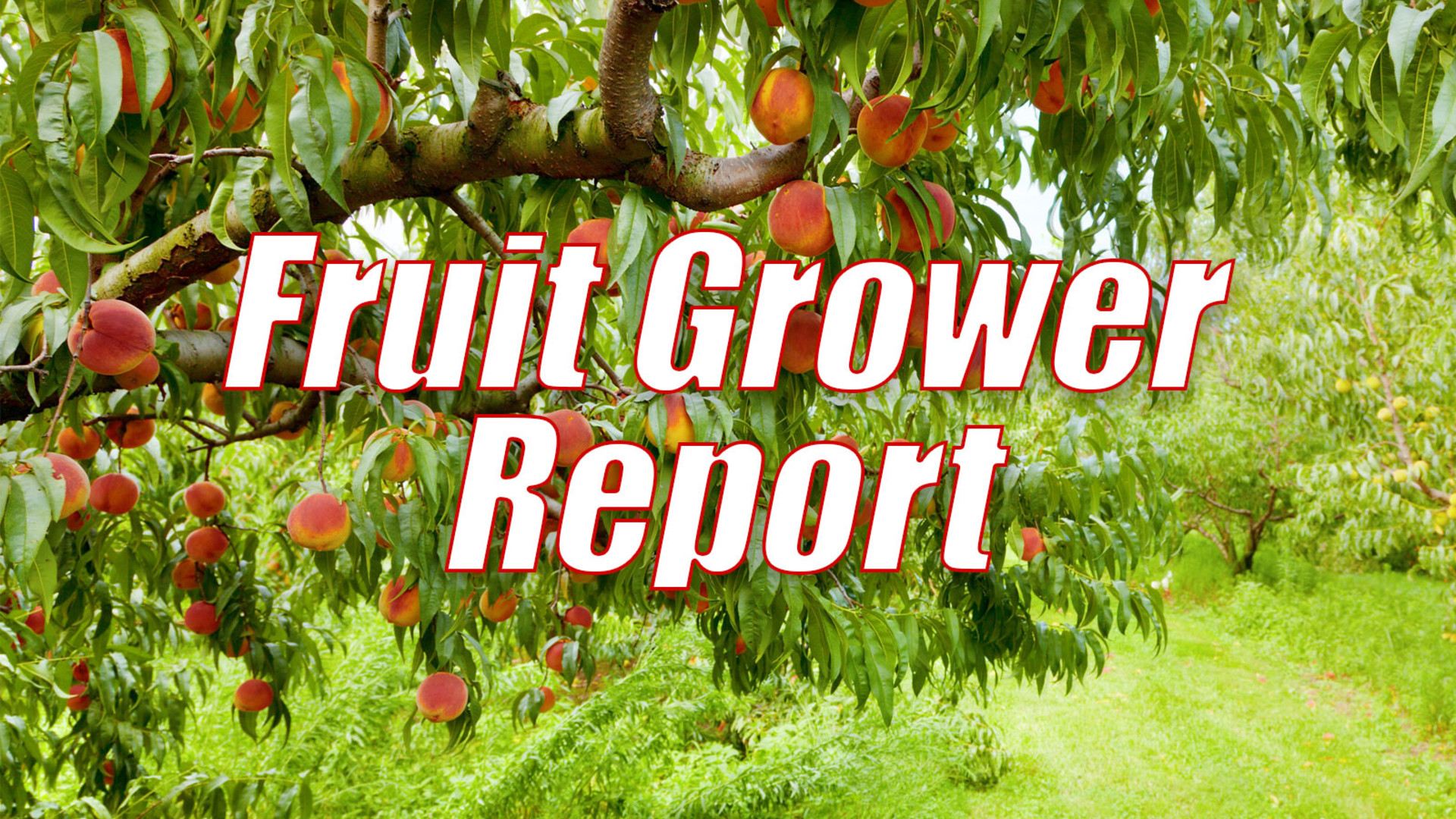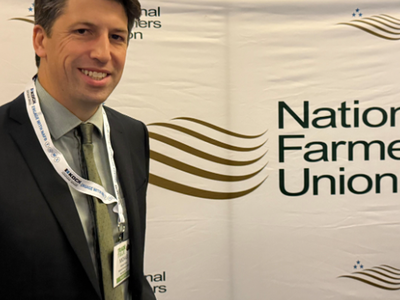Bird of Prey
Bird of Prey. I’m Greg Martin with today’s Fruit Grower Report.This past year I noticed a large number of starlings enjoying the cherries on my one small tree and wondered how producers deal with this problem. Using a bird of prey to ward off a fellow bird species that can cause thousands of dollars in crop damage is showing very positive results and may be a growing trend among Willamette Valley blueberry farms.
POLLARD: We are using trained falcons to basically harass and chase starlings in a given area at a very intense level for many hours of the day for many weeks on end in order to create a predatory presence that is so intense that they don’t want to be in that area.
Getty Pollard operates an Oregon based company that provides a valuable crop protection service for several blueberry growers. His falcons are trained for three months before working the berry fields.
POLLARD: We started flying one bird more continuously and training that bird to basically go out, harass the flock, come back and get a food reward, then go back out and do it again.
Traditional tools such as propane cannons, noise makers, balloons, or mylar tape may work on smaller operations some of the time, but can’t match the falcon for effectiveness.
Pollard says using falcons to patrol fields and orchards is the most efficient and effective way to protect the crop against starlings.
POLLARD: When you are using shotguns or propane cannons or all those other techniques– and the mylar tape and the scary balloons and all that– they might work for a day or two or a week or a very short amount of time. But the starlings are very intelligent and they basically look at them and go, it’s not trying to kill me, it’s not chasing me, it hasn’t almost caught me, therefore I’m going to ignore just like it ignores a loud car driving by.
That’s today’s Fruit Grower Report. I’m Greg Martin on the Ag Information Network.

















